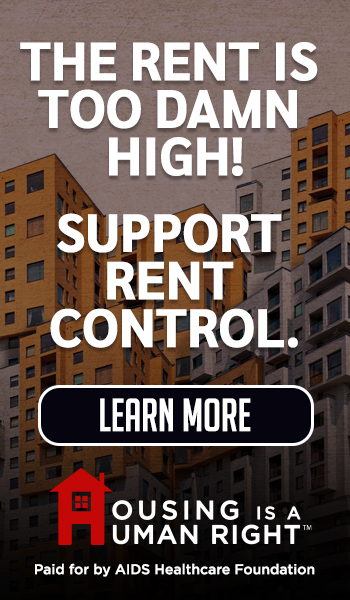Comments
PLANNING WATCH - Yale University’s Climate Connection unit confirmed the research of UCLA’s Sustainable LA Grand Challenge office, that climate change made LA’s recent wildfires 35 percent more destructive.
This means that the country’s worst natural disaster, which included 28 deaths and the destruction of over 9,000 structures, was caused by a combination of climate change AND permitting homes in dangerous fire zones.
While the media has rarely covered these aspects, the underlying causes of LA’s regular wildfires have been understood since the Bel Air conflagration of 1962. The difference is that climate change was not then a factor. Now it is, and Trump’s overt and Biden’s covert build-baby-build oil drilling policies mean the climate change is making the area’s regular wildfires substantially worse.
If you think this new reality means that local climate policies will change to prevent even more destructive wildfires, think again. To begin, the City of LA has abandoned any credible efforts to combat climate change. While Los Angeles does have a state-required General Plan, its Air Quality Element, adopted in 1991, fails to discuss climate change. The Safety Element was updated in 2021, and it does contain a page on climate change and a section on City Hall’s response to urban wildfires. Unfortunately these policies made little difference in saving neighborhoods destroyed by the region’s recent wildfires.
State Efforts: California’s recently renamed Governor's Office of Land Use and Climate Innovation primarily addresses climate change through the California Environmental Quality Act (CEQA). If Los Angeles were, however, to implement the State’s General Plan Guidelines, it would need to reduce Greenhouse Gas emissions through its General Plan and/or a local Climate Action Plan (CAP). Either approach requires these six steps:
- Inventory of Greenhouse Gas emissions.
- Reduction targets: “Given the long-term . . . effects of climate change, [t] is necessary to determine whether the plan will reduce emissions to a less than significant level.“
- Forecast projected emissions.
- Reduction measures.: “If forecasted emissions . . . are projected to exceed the reduction targets . . . additional reduction measures will be needed.”
- Monitoring “Establishing a mechanism to monitor the plan’s progress toward achieving the stated target . . . is an important part of any CAP or General Plan.”
- Environmental Review. “Local government adopting Climate Action Plans and general plans that incorporate Greenhouse Gas reduction policies are required to analyze the impacts of the policies on the environment.”
The State’s General Plan Guidelines also contain a chapter describing the mandatory Environmental Justice Element. Posted five years ago, the City of Los Angeles has not yet begun its preparation. If or when City Hall does this, it would need to identify objectives and policies for disadvantaged communities that:
- Reduce exposure to pollution, including improving air quality.
- Promote public facilities.
- Promote food access.
- Promote safe and sanitary homes.
- Promote physical activity.
- Reduce . . . health risks.
- Promote civic engagement in public decision making.

What is Los Angeles doing to mitigate and adapt to its rapidly changing climate? City Hall does have its own Green New Deal, but it was prepared by the previous Mayor, Eric Garcetti, and remains an executive document. Mayor Bass has not updated it, and the City Council has not held any public hearings of voted on it. Like all executive documents, it is not enforceable and has no budget.
Conclusion: City Hall’s feeble response to LA’s rapidly changing climate is not an oversight. The scientific studies are easily available, and the price of not taking climate change seriously has already resulted in the mass destruction of entire neighborhoods. Unfortunately, private interests still have the upper hand, so things will get worse before they hopefully get better.
(Dick Platkin ([email protected]) is a retired LA city planner, who reports on local planning issues. He is a board member of United Neighborhoods for Los Angeles (UN4LA). Previous columns are available at the CityWatchLA archives.)
















